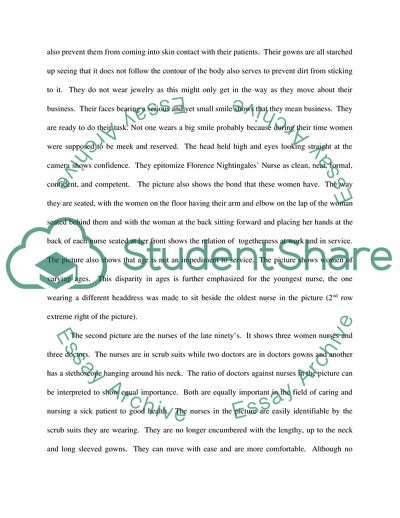Cite this document
(The Evolution of the Nursing Gender Stereotype Article, n.d.)
The Evolution of the Nursing Gender Stereotype Article. https://studentshare.org/nursing/1737643-case-pictorial-analysis
The Evolution of the Nursing Gender Stereotype Article. https://studentshare.org/nursing/1737643-case-pictorial-analysis
(The Evolution of the Nursing Gender Stereotype Article)
The Evolution of the Nursing Gender Stereotype Article. https://studentshare.org/nursing/1737643-case-pictorial-analysis.
The Evolution of the Nursing Gender Stereotype Article. https://studentshare.org/nursing/1737643-case-pictorial-analysis.
“The Evolution of the Nursing Gender Stereotype Article”. https://studentshare.org/nursing/1737643-case-pictorial-analysis.


